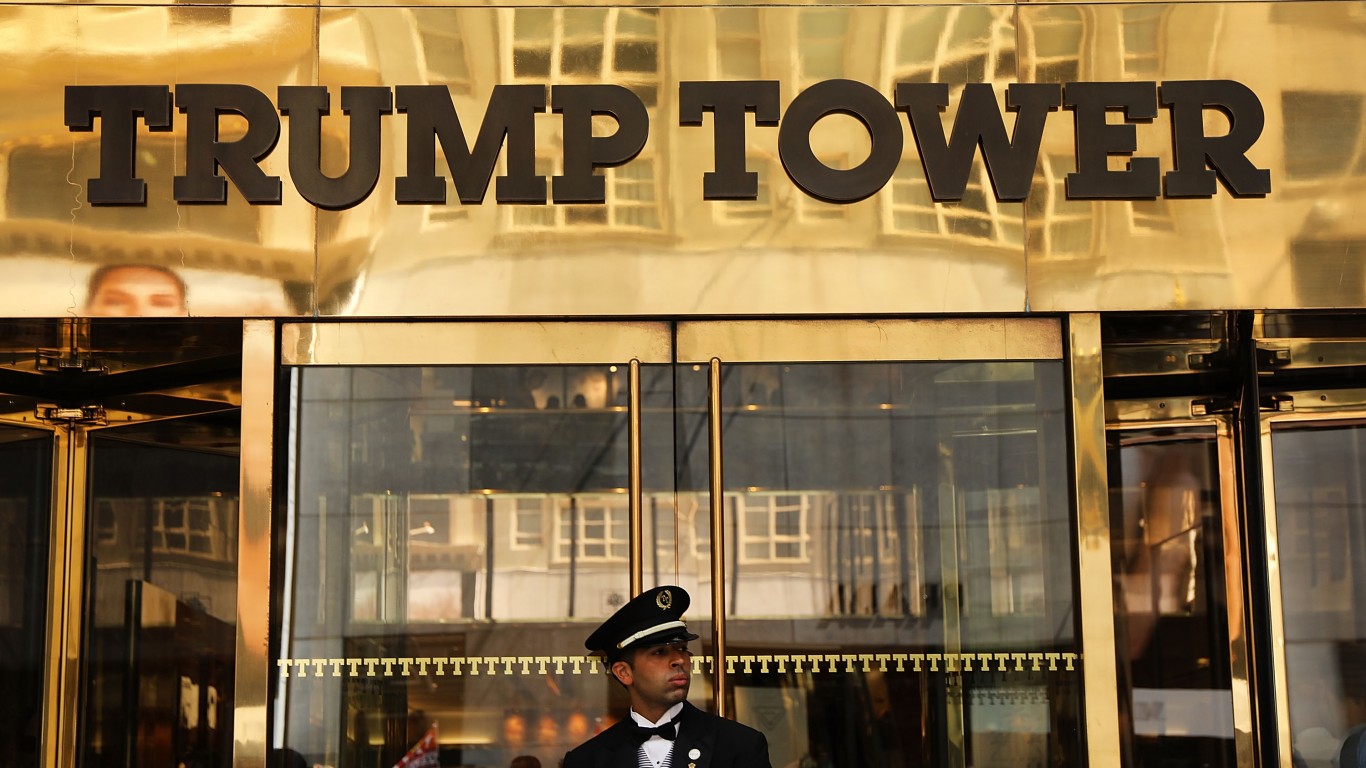
Get ready for even slower global growth than you previously expected. That is the message from the International Monetary Fund (IMF) in its updated 2016 outlook released on Monday. To show just how cautious the report is, it was titled “Subdued Demand, Diminished Prospects.”
The IMF targeted 2015 with a 3.1% global growth estimate. Now it is targeting global growth of 3.4% for 2016 and 3.6% for 2017. While this uptick sounds positive, the IMF noted up front that this expected pickup in global activity is projected to be more gradual than in its October 2015 World Economic Outlook (WEO).
Growth in emerging markets and developing economies is projected to increase from 4.0% in 2015, which was the lowest since the 2008 to 2009 financial crisis, up to 4.3% in 2016 and 4.7% in 2017. Here is the big worry: the slowing trends are especially noted in emerging market and developing economies. Yes, that is in China, Brazil, Russia and elsewhere.
The 2016 IMF outlook said:
In advanced economies, a modest and uneven recovery is expected to continue, with a gradual further narrowing of output gaps. The picture for emerging market and developing economies is diverse but in many cases challenging. The slowdown and rebalancing of the Chinese economy, lower commodity prices, and strains in some large emerging market economies will continue to weigh on growth prospects in 2016–17. The projected pickup in growth in the next two years—despite the ongoing slowdown in China—primarily reflects forecasts of a gradual improvement of growth rates in countries currently in economic distress, notably Brazil, Russia, and some countries in the Middle East, though even this projected partial recovery could be frustrated by new economic or political shocks.
Another word of caution is that the risks to the IMF global outlook remain tilted to the downside. It sees a generalized slowdown in emerging market economies, with an emphasis on China’s rebalancing, lower commodity prices and the gradual exit from extraordinarily accommodative monetary conditions (Federal Reserve raising rates, that is) in the United States.
Lastly, the IMF warns that the case for global growth could be derailed if the major economic challenges are not successfully managed.
Some of the additional commentary from the notes are as follows:
- Overall growth in China is evolving broadly as envisaged, but with a faster-than-expected slowdown in imports and exports, in part reflecting weaker investment and manufacturing activity.
- Manufacturing activity and trade remain weak globally, reflecting not only developments in China, but also subdued global demand and investment more broadly — notably a decline in investment in extractive industries.
- Futures markets are currently suggesting only modest increases in oil prices in 2016 and 2017. Prices of other commodities, especially metals, have fallen as well. … Though a decline in oil prices driven by higher oil supply should support global demand given a higher propensity to spend in oil importers relative to oil exporters, in current circumstances several factors have dampened the positive impact of lower oil prices.
- Monetary easing in the euro area and Japan is proceeding broadly as previously envisaged, while in December 2015 the U.S. Federal Reserve lifted the federal funds rate from the zero lower bound.
- Core inflation rates remain well below inflation objectives in advanced economies. Mixed inflation developments in emerging market economies reflect the conflicting implications of weak domestic demand and lower commodity prices versus marked currency depreciations over the past year.
So, here is the bottom line for the IMF global growth downward revisions in 2016: Overall, the IMF’s estimates for global growth have been revised downward by 0.2 percentage points for 2016 and for 2017. These revisions reflect a weaker pickup in emerging economies than was forecast in October.
The Average American Has No Idea How Much Money You Can Make Today (Sponsor)
The last few years made people forget how much banks and CD’s can pay. Meanwhile, interest rates have spiked and many can afford to pay you much more, but most are keeping yields low and hoping you won’t notice.
But there is good news. To win qualified customers, some accounts are paying almost 10x the national average! That’s an incredible way to keep your money safe and earn more at the same time. Our top pick for high yield savings accounts includes other benefits as well. You can earn up to 3.80% with a Checking & Savings Account today Sign up and get up to $300 with direct deposit. No account fees. FDIC Insured.
Click here to see how much more you could be earning on your savings today. It takes just a few minutes to open an account to make your money work for you.
Our top pick for high yield savings accounts includes other benefits as well. You can earn up to 4.00% with a Checking & Savings Account from Sofi. Sign up and get up to $300 with direct deposit. No account fees. FDIC Insured.
Thank you for reading! Have some feedback for us?
Contact the 24/7 Wall St. editorial team.




